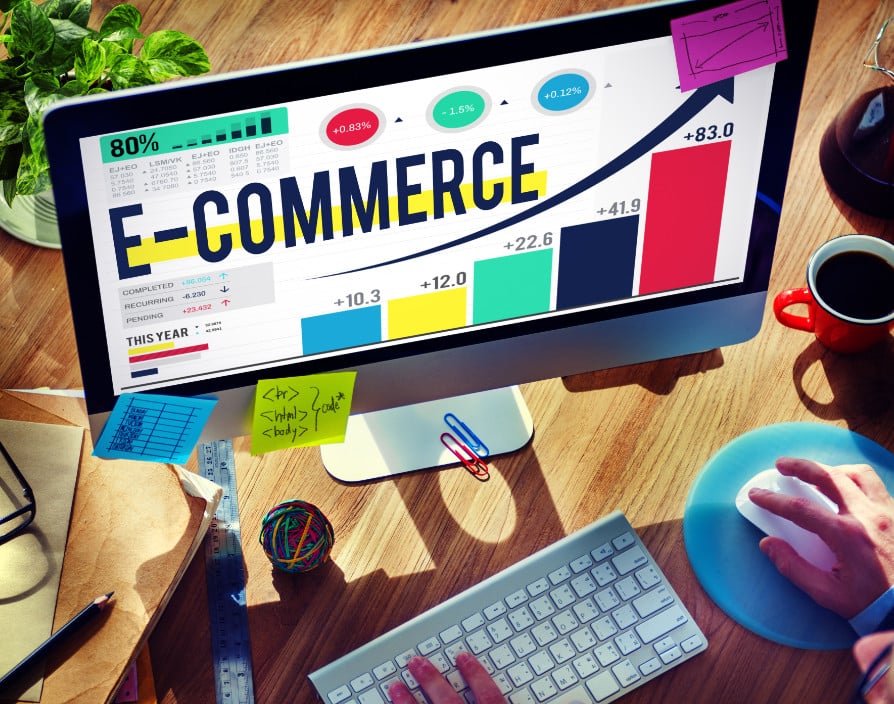Over 2020 and 2021 e-commerce saw incredible change, experiencing as much growth in the three months leading up to April as the previous 10 years combined in the US, and similar growth globally. Due to circumstances beyond their control, many customers turned to digital channels to track down products they had previously bought offline. In light of these changes, customer acquisition is certainly still a big priority for a lot of brands, but returning shoppers are now more valuable than they ever have been and can provide huge benefits to businesses – so don’t assume your new customers will stick around just because their behaviour has changed!
Nurturing New And Existing Customers
Consumers are expecting more and more from businesses, and there are myriad factors that may influence whether a one-time visitor becomes a repeat customer – including practical elements like the availability of payment and delivery options, as well as emotional or outside reasons such as experiences or the content of interactions.
Consumers now expect experiences that are tailored to them, based around the products that they are interested in or the features that they can expect to see. Last year, Salesforce found that 66% of customers expect brands ‘to understand their unique needs and expectations, with other polls of consumers finding that as many as 80% of consumers are more likely to make a purchase from a brand that provides personalised experiences.
According to research from Invesp, 56% of online shoppers are more likely to return to a website that recommends relevant products, while SmarterHQ has found that those who shop more often find personalisation more helpful – and brand loyalty can be prompted amongst your customers by using personalised communications and offering personalised shopping experiences that speak to their needs. By deploying personalisation across your communications and user experience, you are also nurturing those customer relationships ‘ and increasing the chances that those shoppers will come back again and again.
Disruption
While disruption might sound like a negative for many business leaders, we’re really referring to change, adaption and updating your business as the industry itself also evolves. Looking at ‘disruption’ yourself, and how you can change your business to continue to succeed, is a proactive strategy that can be entirely led by data and the specific elements driving growth – rather than a reaction to changes imposed upon your brand by competitors or other outside influences.
Disruption can be as simple as updating your product ranges or the language and imagery used to sell them to customers online, or as complex as addressing company culture and commitment to innovation. Next’s Q4 results in 2021 showed that online sales from third-party brands (Next Label) were up 85%, helping online sales overall rise 45%, in an environment where retail (UK and Ireland) was down 5.4%.
Customer Data
Behavioural data is one of the most valuable tools for expanding ecommerce growth – whether you’re looking at the next steps in disruption or nurturing your customers, knowing what they will find particularly engaging can make all the difference. The more you know about your visitors, the better you can serve them, and personalisation allows you to be creative with your brand (and tone of voice) as you tailor your messaging to specific audiences and interests.
You can learn about customer habits through actions taken on your site, of course, but really getting the most from your ecommerce opportunity means understanding those actions not just as large trends, but as a series of decisions made by real people. You need deeper insights to gauge each individual’s tolerances, preferences, frustrations, and expectations – and a plan to utilise this data in meaningful ways that have an impact on your users’ interaction and engagement.
“
Share via:


















































